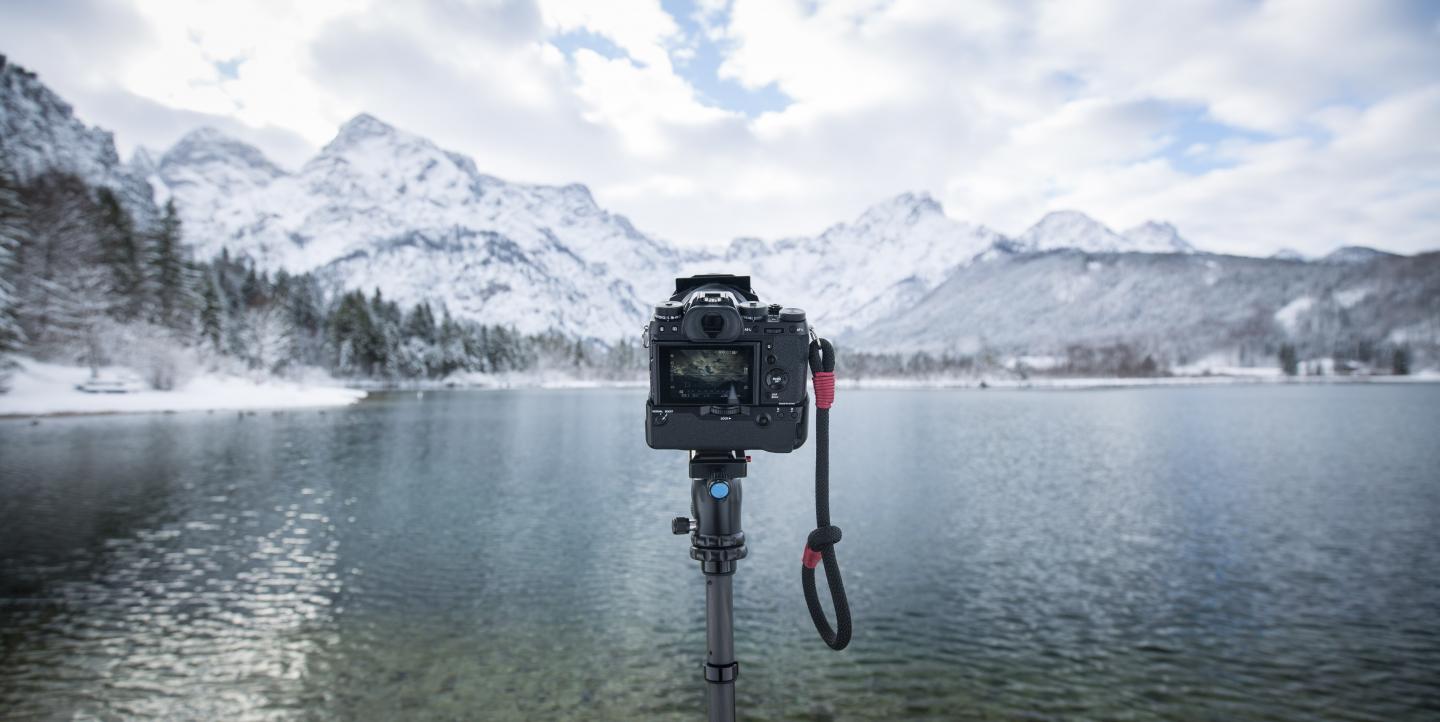This article is the first in a 3-part series based on training materials produced during the APAC video accelerator.
This article is part of our online coverage of reporting on COVID-19. To see more resources, click here.
Physical distancing policies and travel restrictions to limit the spread of COVID-19 have forced news organizations — and the world — to find new ways of functioning. Almost overnight, we had to find a new way to operate that didn’t revolve around physical newsrooms.
"Be like water" means you adapt to keep up with the significant change all around us, and constantly adjust to the situations you face.
How can we flow effectively during these volatile times with COVID-19? Here are the five lessons I've taken away from leading my newsroom at AJ+.
1) Never let a serious crisis go to waste
In this moment of crisis, we have a great opportunity to chart a path forward proactively for our industry. I believe the newsrooms that will survive and thrive in a post-COVID-19 world will be the newsrooms that embrace this shift.
This is a great time to explore new kinds of editorial products and audience engagement initiatives. Think outside the box. What can you do differently? In my case, we did the following:
- Experimented with live streams on Facebook and Instagram. Software to go live on Facebook includes Be.Live, Zoom, Crowdcast, OBS Studio and Wirecast.
- Adjusted dynamics with freelance collaborators. The video journalist is now the subject and tells the story from their point of view.
- Explored different visual formats, such as image carousels on Instagram for a faster turnaround.
[Read more: Small video team? Here's some advice.]
2) Fast is fine, but accuracy is everything
During the pandemic, we have been extra careful verifying and fact-checking our stories, as well as obtaining access to original sources. In addition, this is a great time to further develop and refine distributed workflows, processes and structures that support solid reporting and video production.
Here are some tools to verify and debunk video:
- InVid Chrome extension
- ThumbnailDownload.com
- ThumbnailGrabber.com
- Google Image Search
- TinEye, and its extension for Firefox
3) When you light a candle, you also cast a shadow
- How do you balance COVID-19 coverage with non-coronavirus content? Set a certain weekly percentage of COVID-19 content to post.
- When all media is reporting on the same subject. How do you stand out of the crowd? Know who you are, and identify your distinctive angles and strengths as a media organization.
[Read more: Tips for getting COVID-19 footage from home]
4) From a remote to a distributed newsroom
While some organizations may return to physical work spaces when COVID-19 dies down, the digital infrastructures put in place now should be nurtured and developed to function alongside physical spaces. In doing so, we can capitalize on what makes distributed work effective: the sustainability benefits, the enhanced diversity and accessibility of our newsrooms, new opportunities for engagement and the increased flexibility.
For me, it’s been key to strategize carefully about the technologies and the digital tools we use. It’s an ongoing process, and we’re still working hard to instill an online organizational culture in these digital spaces.
Here are my takeaways from my experience with a distributed newsroom:
- Document everything: workflows, decisions, to-do lists, etc.
- Try to have as much communication as possible online. When everything is shared and public, it allows new people to catch up quickly.
- Create productive face time.
- Instill a culture of accountability, with daily updates.
5) Stay human — we’re in this together!
Covering COVID-19 all day, every day, is incredibly stressful. Be kind. Acknowledging your team’s hard work with a sincere "thank you" might be the most significant thing you can do to lift their morale.
Remember to be kind to yourself, too. If you work for a larger news organization it might be difficult to speak to everyone on your team, but make sure staff do not cover COVID-19 every day.
Consider social video meetings, such as weekly hangouts to socialize and chat about anything that’s not work related. Master building rapport remotely.
Main image CC-licensed by Unsplash via Christian Holzinger.

